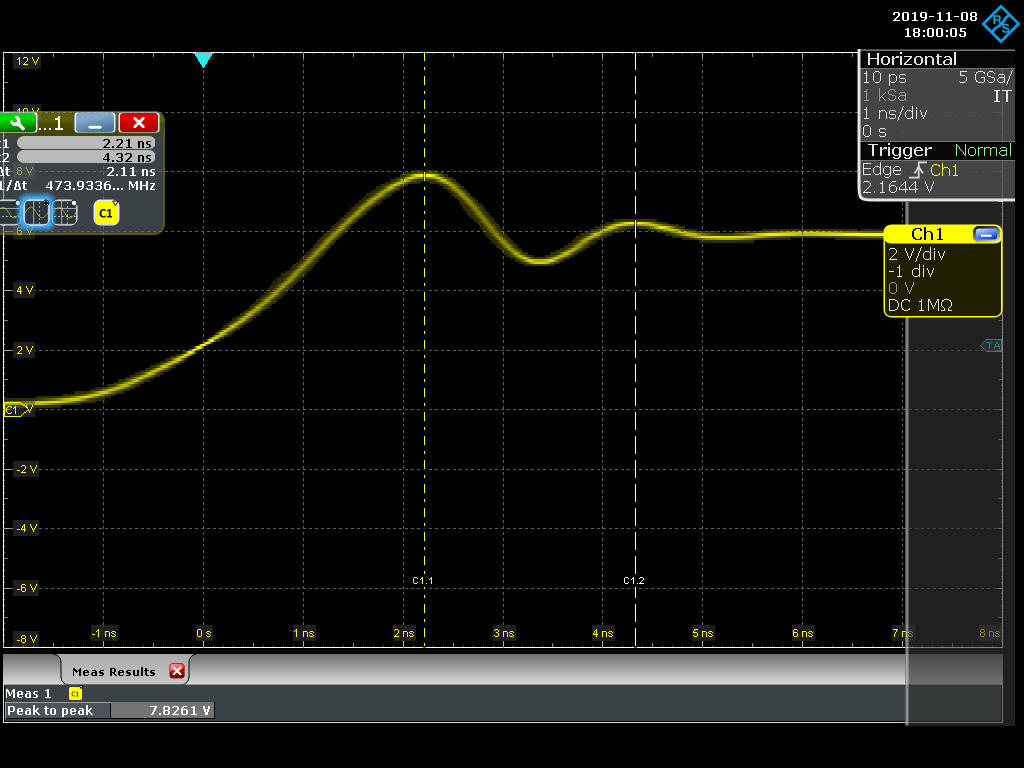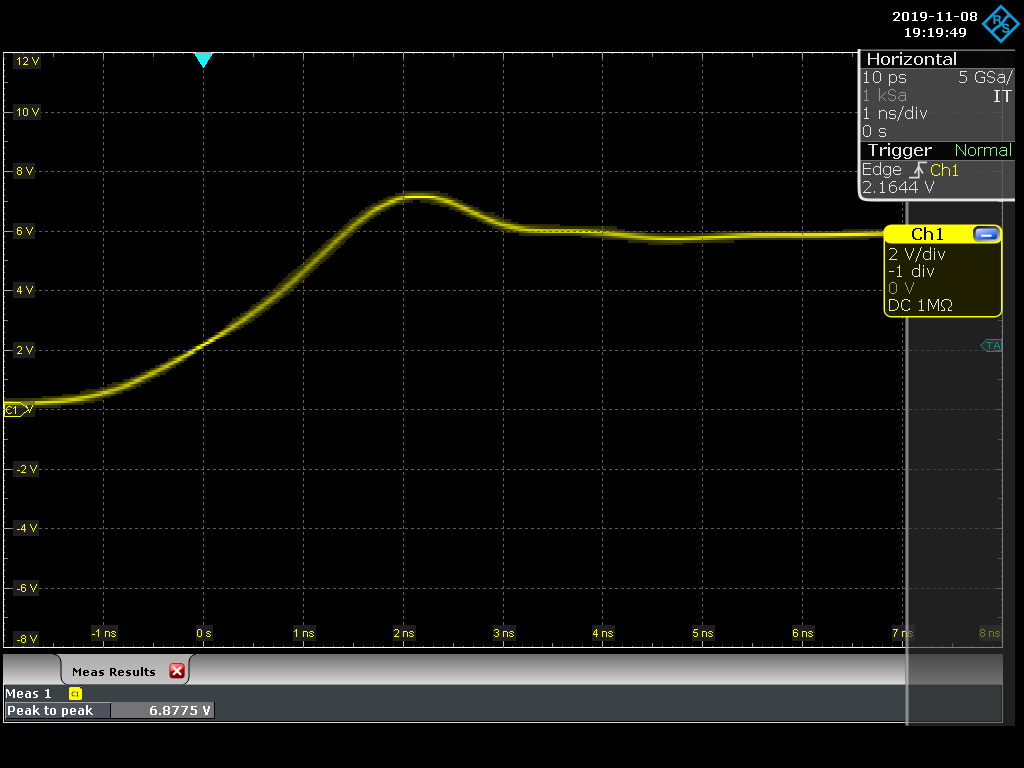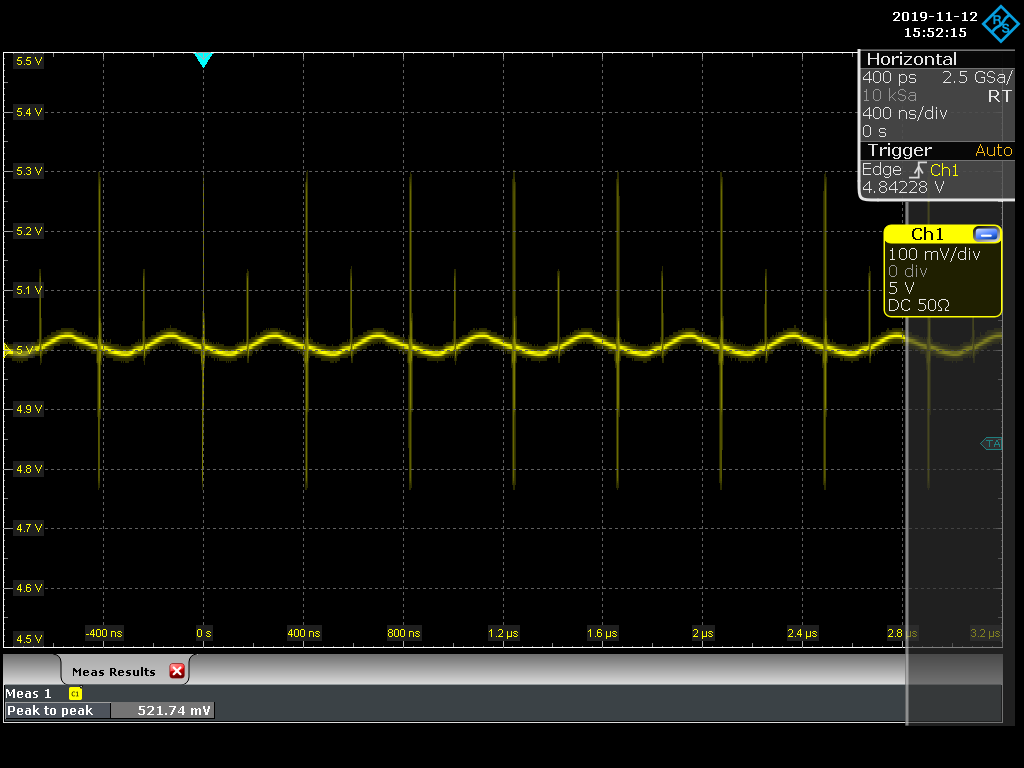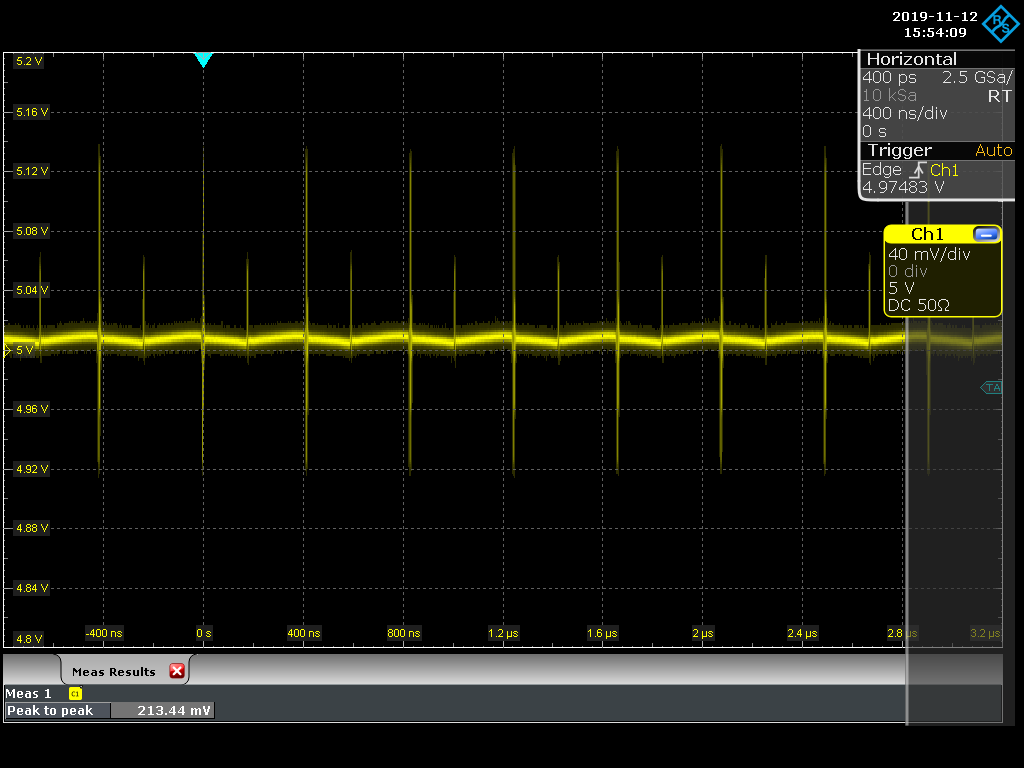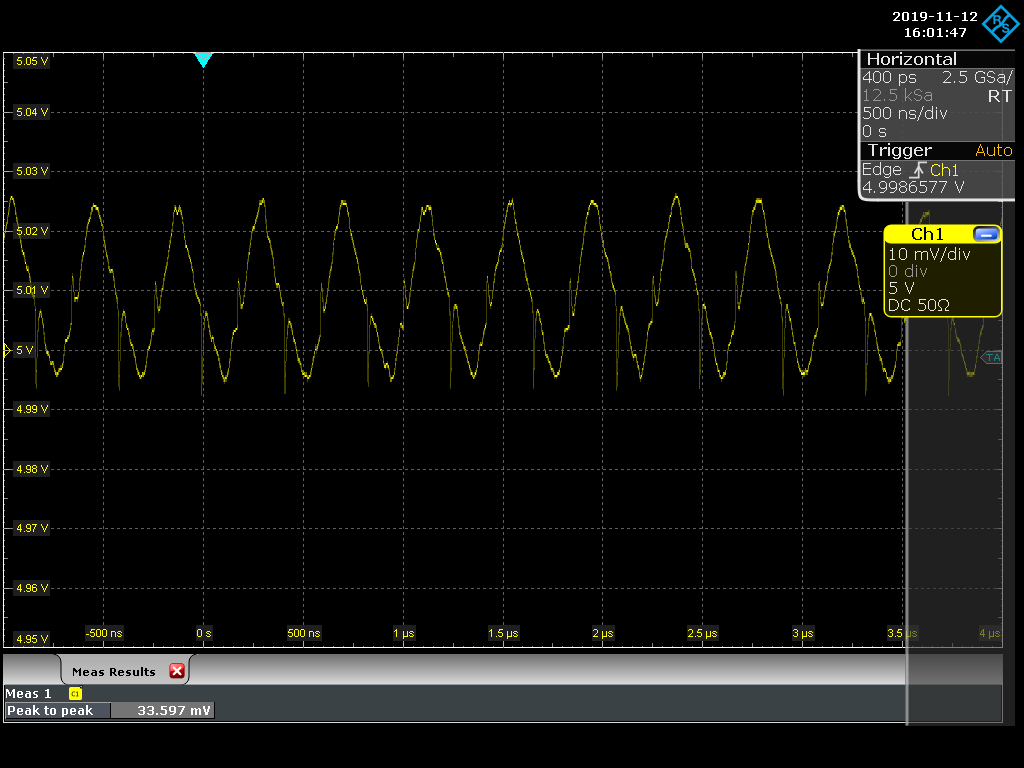Hi Minqiu-san,
I have an additional question.
Could you please let me know if there is a fundamental solution without adding the ferrite beads to reduce the switching noise ?
For example, it would be very helpful for me if there is a workaround such as adding RC snubber circuit to the switching node since the switching noise couldn't be reduced even if the small size capacitors is added to the output node.
Best regards,
Kato


